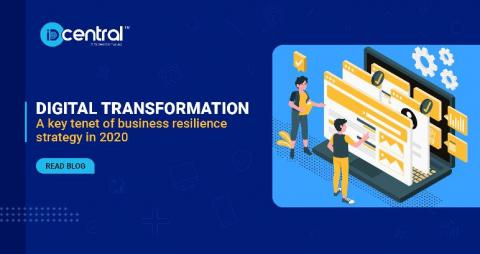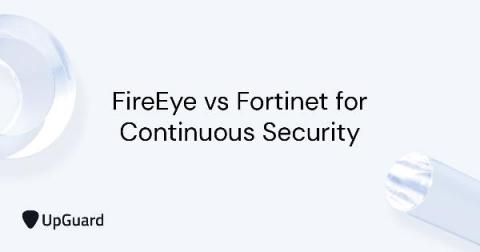Why Manually Tracking Open Source Components Is Futile
Open source is everywhere. Everyone is using it. Open source code is found in almost every proprietary software offering on the market and is estimated to make up on average 60%-80% of all software codebases in 2020. Why the proliferation? Open source libraries help developers write code faster to meet the increasingly shorter release cycles under DevOps pipelines. Instead of writing new code, developers leverage existing open source libraries to quickly gain needed functionality.









